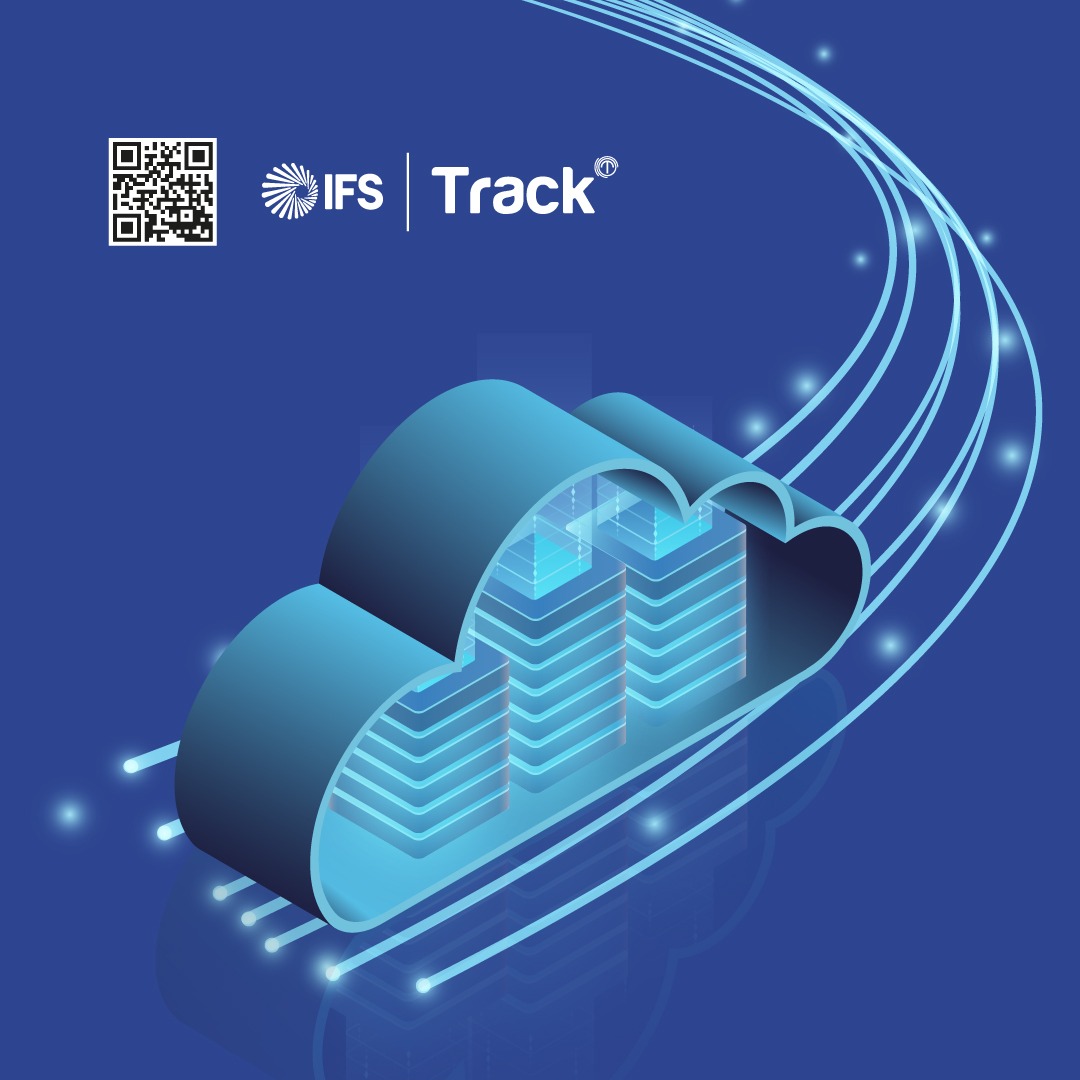- Understand The Current State
- Define The Future State
- Map And Model The ERP Processes
- Implement And Test The ERP Processes
- Monitor And Evaluate The ERP Processes
- Improve And İnnovate The ERP Processes
- Here’s What Else To Consider
1. Understand The Current State
Before you can map and model your ERP processes, you need to understand the current state of your business processes. This means identifying and documenting the existing workflows, inputs, outputs, roles, responsibilities, dependencies, risks, and issues. You can use various tools and techniques, such as interviews, surveys, observations, process diagrams, flowcharts, and gap analysis, to collect and analyze the current state data. Understanding the current state will help you to define the scope, objectives, and requirements of your ERP project, as well as to identify the areas for improvement and innovation.
2. Define The Future State
After you have understood the current state, you need to define the future state of your business processes. This means envisioning and designing the desired workflows, inputs, outputs, roles, responsibilities, dependencies, benefits, and outcomes. You can use various tools and techniques, such as brainstorming, benchmarking, prototyping, simulation, and testing, to create and validate the future state design. Defining the future state will help you to align your ERP processes with your business strategy, vision, and values, as well as to create value propositions and business cases for your ERP project.
3. Map and model the ERP processes
Once you have defined the future state, you need to map and model your ERP processes. This means translating and integrating the future state design into the ERP system’s structure, functionality, and configuration. You can use various tools and techniques, such as ERP software, data models, process models, user stories, use cases, and scenarios, to map and model your ERP processes. Mapping and modeling the ERP processes will help you to ensure consistency, accuracy, and efficiency of your ERP system, as well as to facilitate communication and collaboration among the stakeholders.
4. Implement And Test The ERP Processes
After you have mapped and modeled your ERP processes, you need to implement and test them. This means deploying and executing the ERP system in the real or simulated business environment. You can use various tools and techniques, such as change management, training, support, feedback, quality assurance, and performance measurement, to implement and test your ERP processes. Implementing and testing the ERP processes will help you to ensure functionality, usability, and reliability of your ERP system, as well as to identify and resolve any errors or issues.
5. Monitor and Evaluate the ERP Processes
Once you have implemented and tested your ERP processes, you need to monitor and evaluate them. This means measuring and assessing the performance, impact, and outcomes of your ERP system. You can use various tools and techniques, such as dashboards, reports, analytics, surveys, audits, and reviews, to monitor and evaluate your ERP processes. Monitoring and evaluating the ERP processes will help you to ensure effectiveness, efficiency, and quality of your ERP system, as well as to demonstrate and communicate the value and benefits of your ERP project.
6. Improve and İnnovate the ERP Processes
Finally, you need to improve and innovate your ERP processes. This means identifying and implementing the opportunities for enhancement, optimization, and transformation of your ERP system. You can use various tools and techniques, such as feedback, lessons learned, best practices, benchmarking, and innovation methods, to improve and innovate your ERP processes. Improving and innovating the ERP processes will help you to ensure sustainability, adaptability, and competitiveness of your ERP system, as well as to respond and anticipate the changing business needs and expectations.
7. Here’s what else to consider
This is a space to share examples, stories, or insights that don’t fit into any of the previous sections. What else would you like to add?

